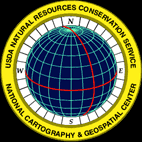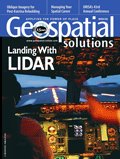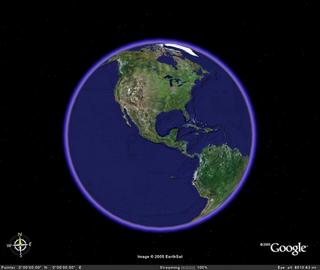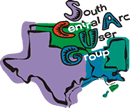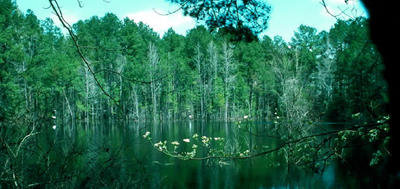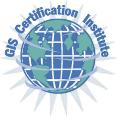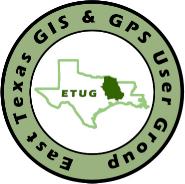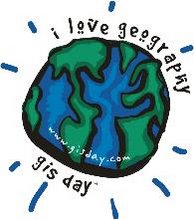 Happy Friday! Oops, it's not Friday for most of you. Sorry! I'll be enjoying another four day weekend tomorrow. I hope all of you enjoy your day at work. Anyway, we have a GIS User Group meeting here at the City today. If you do not have a similar group at your business I suggest you consider it. It is a great source for open communication.
Happy Friday! Oops, it's not Friday for most of you. Sorry! I'll be enjoying another four day weekend tomorrow. I hope all of you enjoy your day at work. Anyway, we have a GIS User Group meeting here at the City today. If you do not have a similar group at your business I suggest you consider it. It is a great source for open communication.If you're interested in satellites or astronomy, you should check out Heavens Above. Their aim is to provide you with all the information you need to observe satellites such as the International Space Station and the Space Shuttle, spectacular events such as the dazzlingly bright flares from Iridium satellites as well as a wealth of other spaceflight and astronomical information. They not only provide the times of visibility, but also detailed star charts showing the satellite's track through the heavens. All of their pages, including the graphics, are generated in real-time and customized for your location and time zone. I know this one is not directly related to GIS, but if you use GPS as a data collection tool you will probably be interested. Check it out at www.heavens-above.com.







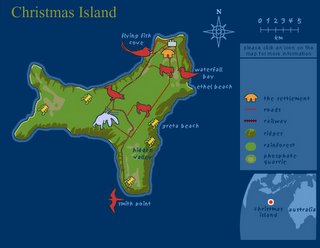








 Happy Friday! We have big plans for the weekend, the annual Christmas parade is Saturday in Nacogdoches. Ha! Not much else going on. I look forward to a weekend at home. Have a great one!!
Happy Friday! We have big plans for the weekend, the annual Christmas parade is Saturday in Nacogdoches. Ha! Not much else going on. I look forward to a weekend at home. Have a great one!!




